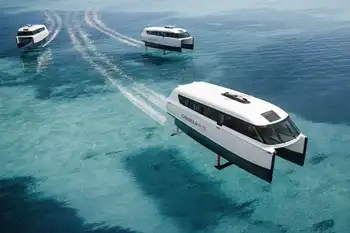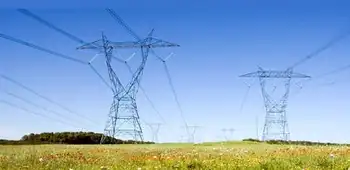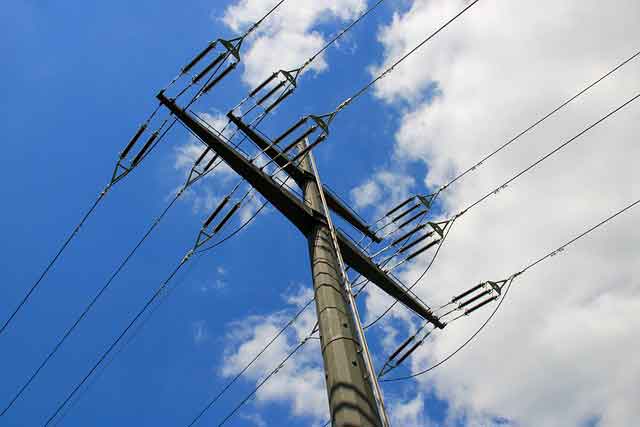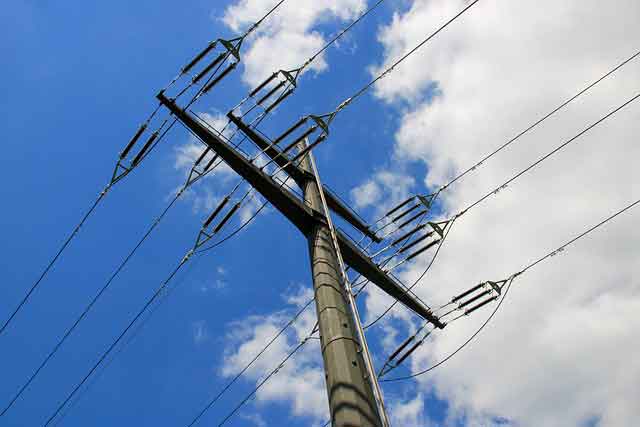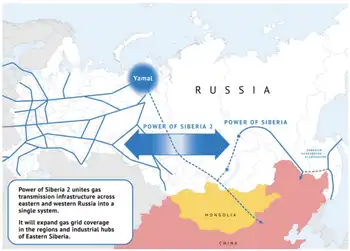Nissan shows test models of electric car
By Associated Press
NFPA 70b Training - Electrical Maintenance
Our customized live online or in‑person group training can be delivered to your staff at your location.

- Live Online
- 12 hours Instructor-led
- Group Training Available
The electric vehicle, set for sale in 2010, carried a 300 kilogram (660 pounds) lithium-ion battery and still zipped around a Nissan Motor Co. test course, accelerating more quickly than comparable gas-engine cars.
It was extremely quiet, absent of engine noise – a trademark of electric vehicles. Details such as cruising range are yet to be determined, Nissan officials said.
Having fallen behind Japanese rivals Toyota Motor Corp. and Honda Motor Co. in hybrids, Nissan has made the electric vehicle the pillar of its green strategy.
Automakers around the world are trying to develop ecological products amid growing concerns about soaring gas prices and global warming. Electric vehicles are zero-emission.
Last month, Tokyo-based Nissan, with French partner Renault SA, announced a partnership with the Portuguese government to sell electric vehicles there in 2011. Separately, Nissan has announced deals with Project Better Place, based in Palo Alto, California, to mass market electric vehicles in Israel and Denmark in 2011.
Nissan's electric vehicle is being promised to go on sale in Japan and the U.S. in 2010 and globally by 2012.
But Nissan faces competition from other automakers, including General Motors Corp. and Ford Motor Co. of the U.S., which have developed electric vehicles.
Japanese rival Mitsubishi Motors Corp., working with Japanese battery maker GS Yuasa Corp., said it was building a plant in Japan to mass-produce lithium-ion batteries for its electric vehicle, planned for rental next year and sale the following year.
Nissan also offered test-drives of its hybrid. Hybrids deliver better mileage than comparable gas-engine vehicles by switching between an engine and an electric motor.
Nissan now purchases its hybrid system from Toyota for the Altima hybrid sold in the U.S. but is promising vehicles with its own system by 2010.
Nissan's hybrid system still has some bugs to work out. Shown on an Infiniti luxury model, it seemed to lurch a little when the gas engine kicked in as speed picked up.
Nissan engineer Mikio Nozaki said the system delivers the mileage of a compact car, although he refused to give numbers.
The hybrid comes with Nissan's lithium-ion battery, although they are much smaller than the version in the electric car.
Hybrids such as the popular Toyota Prius has a nickel metal hydride battery, which is less powerful than lithium-ion. Automakers are competing to develop lithium-ion batteries for green cars.
Nissan also showed a side-collision prevention feature that uses sensors to recognize approaching vehicles, even in blind spots, and warns drivers when they are switching lanes.
The warning feels like a tug, delivered through very slight braking, either on the left wheels or the right, Nissan Senior Manager Junichi Kobayashi said. When that will become available on commercial models is still undecided.
Safety features that maintain a safe distance with the car in front and prevent dangerous lane departures are already available.





